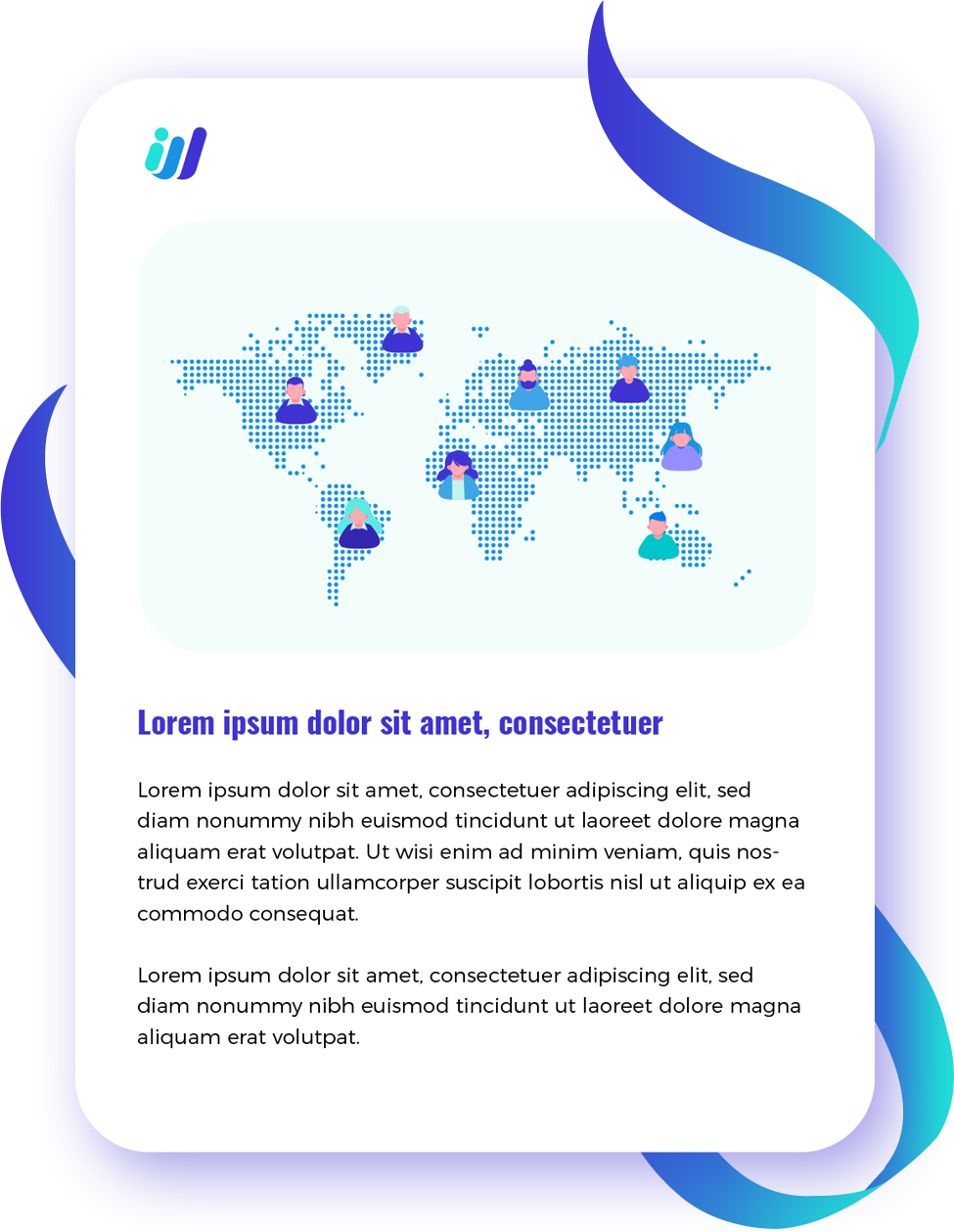In the context of outsourcing, a business hires a third-party to obtain services in place of an internal team. The reasons for using this business strategy include, growing the team, offloading non-core functions, or expanding the business. Historically, the primary driver for outsourcing has been cost, with a focus on achieving these business objectives in the cheapest way possible. For the most part, those days are long gone as we have entered the Third Wave Outsourcing. This is a shift in the primary driver of outsourcing from cost cutting (a literal race to the bottom) to finding and engaging the best highly skilled talent for the job (a race to the top – as it so happens this may also be the less expensive option as well).
It Used to be All About Cost-savings
First Wave Outsourcing
Outsourcing began in the 1970’s and gained popularity in the 1980’s. During this time, businesses practiced outsourcing as a means of reducing internal costs. However, it was not until 1989 that outsourcing was formally referred to as a business strategy. It was then that businesses started using outsourcing to find and recruit cheaper talent.
July, 1990 to March, 1991 was the largest recession in the US in nearly a decade, which led to companies wanting to shed costs and create a structural change in the business of less direct integration and more vendor management. Business owners and top management realized that it was more cost-efficient to outsource to a vendor offshore than conduct their own recruitment and build an internal team. This enabled companies to move away from functions that are not core to their business, which allowed for better elasticity and exposure management.
In terms of technological milestone, the deregulation of the US Telecommunications industry in the 1980’s led to a massive boom in infrastructure build for the telecommunication industry which became a major backbone for outsourcing voice services. Vendors emerged that hired talent at lower costs and either paid slightly less for telco services or bought fully leased lines. Instead of businesses paying per minute for the long-distance calls, they entered an agreement with the vendor to provide a full connection to the location of the offshore team at a fixed cost for a specific duration.
Second Wave Outsourcing
During the Second Wave of Outsourcing, cost remained a primary driver. The addition of companies looking to offload their non-core tasks to external teams became a secondary motivation with this strategy also proving to offer significant cost-savings. The role of outsourcing expanded to provide non-core business activities including human resources, admin and back office, data processing, tech support, and more.
The Y2K scare was a catalyst for IT outsourcing specifically. As the year 2000 was approaching, the world worried that systems would not be able to read the “000” causing mass disruptions to all technical infrastructure and systems. This led to a rush to fix what was termed the “Y2K bug” and drove the need hire more IT talent to review thousands upon thousands of lines of code to correct the date format. The US and other nations began tapping IT professionals in countries such as India.
The continuous advancements of the Internet opened new possibilities for outsourcing as it did in other industries. The growth of the Internet brought with it the ability to have digital conversations. This led to realization that it was possible to outsource even more services to another person or a team who could be called or emailed multiple times a day for updates and they would respond in real time.
The Future is All About Finding the Best Talent
Third Wave Outsourcing
The Third Wave of Outsourcing began around the year 2018. It is what one can describe as a mad rush for the best talent around the world, and the ongoing pandemic accelerated this rush for talent. With the world becoming even more flat, thanks to cloud computing, many companies realize that employing people within the 50-mile radius of corporate headquarters is not going to position them to win. In order to find and engage the best talent, crossing the border or the world is a must.
Cost is no longer the primary driver, and culture has become even more important. Businesses began or must begin giving more importance to innovating with outsourced talent that is absolutely core to their business. For this reason, companies must start to think how a partner aligns to the business, not just as a vendor, but as a colleague. Functionally, they are more a part of the company than just another third-party vendor.
In terms of software engineering, for example, it has become more about peers and partitioning work in ways that fit skill sets rather than treating the development process like a factory assembly line, where one engineer picks up where the other left off. Companies and outsourcing partners now work as a team and both parties make a bit of a compromise to meet at an agreed schedule to talk about what parts they work on and how they will integrate. They interact in the same way as colleagues in the office would.
Keys to Third Wave Outsourcing
- Find the best talent: The target is to get the people with right skills, ability, culture fit, rather than just only price. The best talent has a certain mindset and attitude that revolves around wanting to help an organization to succeed. They are team players driven to deliver world-class quality.
- Choose a partner, not a vendor: When looking for a partner, find out about their values. Do they genuinely value their employees and great talent? The ideal partner is on the same level as you in wanting to hire and develop the best talent. Companies with the skills never lead with price. However, a high cost does not determine the quality a company can deliver.
- Think about culture: It is different operating in another country. Stop trying to go around the world forcing them to do things your way. It is more strategic to get a partner to manage things in country who is more fluent in terms of its culture and policies.
Want to learn more about Third Wave Outsourcing? Watch for the upcoming e-book on Third Wave Outsourcing. Sign up here to be notified when it is released and receive related news and updates!



